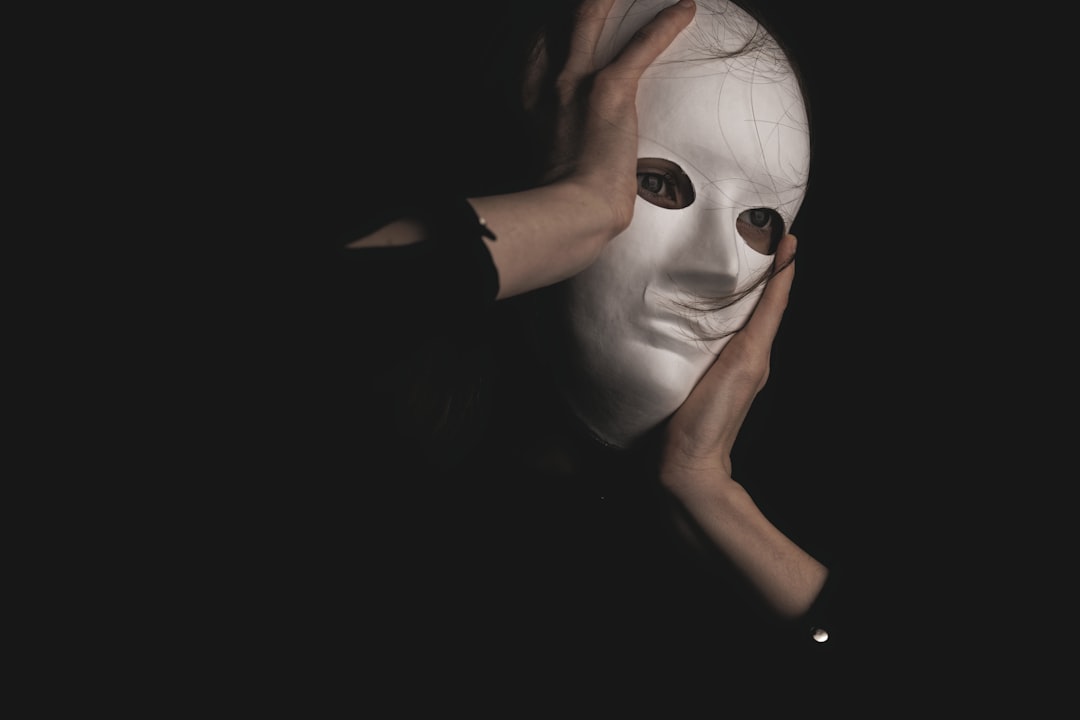What is it about?
Peace continue to be a highly desired and elusive commodity as conflict exacerbates across States and contexts. Rising conflicts and terrorism, despite existing structural and counter policies, portends colossal damage to ecosystem and human existence. Peace education, being one important strategy for promoting peace, is increasingly receiving scholarly attention. However, much of the literature is nonempirical, and focus on what contents should be emphasized or what effective peace education prerequisites should be or what method would be more appropriate in promoting effective peace education. Yet, understanding learners' perceptions and misconceptions about these issues is important for changing psychological traits (e.g. hatred, mistrust, intolerance, arrogance, greed, aggressiveness, stereotypes, etc.) that could hinder the effectiveness of suggested methods in realizing core peace education goal - i.e. fostering inclusive and empathetic identities/practices necessary for understanding and tolerating differences, caring about other people's causes, and cooperating to promote the causes through peaceful means. Previous literature did not consider this. We, therefore, employed cooperative concept mapping (CCM) (because of the beneficial assumptions of cooperative learning and concept mapping) in teaching peace and conflict resolution to students. We focused more on identifying misconceptions and perceptions that could hinder meaningful learning in peace education and the effect CCM would have on them. Considering evidenced high exposure of urban youths to violence mostly via media and aggressive tendencies of boys, the study further investigated if urban and male students would have different results from that of rural and female students in peace education. Findings showed CCM to provoke students' critical thinking skills which led to them discarding held misconceptions and negative perceptions about conflict behaviours as well as applying gained knowledge in solving theoretical problems in a related context. Additionally, students' critical thinking ability increased via their active participation in mapping concepts as evidenced in their ability to question dominant assumptions (such as conflict can be peaceful, etc.) in peace studies. And, girls performed better than boys in peace education. Among suggestions made is that social studies curriculum be reviewed to infuse interpersonal conflict into the currently emphasized social conflict at societal level so as to make lessons on peaceful living more experiential to students. Before the review, teachers can rely on teacher agency to incorporate interpersonal conflict into broader social conflict. This could eliminate the possible outcomes (e.g. misunderstanding, mistrust, intolerance, etc.) of ethnic-based prejudicial generalizations about conflict behaviours.
Featured Image

Photo by Pawel Janiak on Unsplash
Why is it important?
The innovation and importance of this study lies in its revelation of some negative perceptions and misconceptions - namely winning a fight ends conflict; some ethnic and religious groups are naturally violent; revenge is good especially when perceived innately violent persons are involved; being too peaceful is not good; and education does not prevent or change violent behaviors - held by learners (teenagers/adolescents) that could inhibit effective and meaningful peace education. The identified misconceptions and negative perceptions changed after exposure to peace education via CCM. These findings could help future researchers forge a more detailed study (that could inform intervention policies) on why students hold such perceptions in the first instance and if such perceptions influence their relationships with peers. The preconceptions of students about conflicts, highlighted in this study, could inform peace educators' classroom practices such as drawing on local ethical and moral principles (e.g onyemaechi and onye aghala nwanneya Igbo principles) to drive home universal peace virtues (e.g care and cooperation). Teachers will find peace concept maps, which visualised connections between different conflict causative factors and consequences, provided in this study very lucrative for their classroom practices.
Perspectives
My fieldwork experience in the course of this research is invaluable. First, I didn't expect teenagers to underrate the value of education in shaping behaviour or to hold stereotypes about ethnic or religious others (which turned out to be the case: this was assumed to be caused by unconscious social learning) especially in context of our study that was monoethnic and monocultural. This study also helped me appreciate, to a larger degree, the strength of concept mapping (though time consuming) in actively engaging learners and raising their critical thinking and critical consciousness about the implications of words used in peace discourses. I hope you find the study helpful for your works and in promoting peace agendas. To access free pdf of the full study visit: https://www.tandfonline.com/eprint/XKBXBUBVDQJXJUZ7XBPX/full?target=10.1080/00377996.2019.1652139 Or https://www.tandfonline.com/eprint/GRCAKQ5534TZVSVIKE25/full?target=10.1080/00377996.2019.1652139
Adaobiagu Obiagu
University of Nigeria, Nsukka
Read the Original
This page is a summary of: The Effect of Cooperative Concept Mapping on Misconceptions, Knowledge Achievement, and Transfer of Learning in Peace Education, The Social Studies, September 2019, Taylor & Francis,
DOI: 10.1080/00377996.2019.1652139.
You can read the full text:
Contributors
The following have contributed to this page










